Hands-On Testing with Al Caudullo
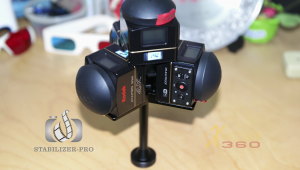
I’ve always wanted to like the Kodak 4K SP360 Dual Camera Rig. I say, “wanted” because there was so much promise, but so many issues.

The rig by Kodak was built with no access to the HDMI, USB or MicroSD card. The software provided by Kodak didn’t give a good stitch. In fact, Kolor Autopano Video Pro does a much better job. And mostly, even with the 235-degree angle lens, the overlap just did not produce professional grade 360 video images with two cameras. All that said, I thought that if I only had a three or four camera rig, these cameras would really shine.
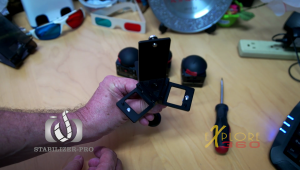
Needless to say, when Danny Wong of Stabilizer-Pro asked me to test out his new PG-S4A Four Camera Rig for the Kodak 4K SP360, I jumped at the opportunity.
The rig weighs in at a sparse 200 grams. Weight is a very important consideration with 360 rigs. The ideal combo is light weight but sturdy. The Stabilizer-Pro PG-S4A delivers on both. The aluminum frame is very sturdy, and in walking tests, I had no issues with individual camera vibration. See the video for examples.
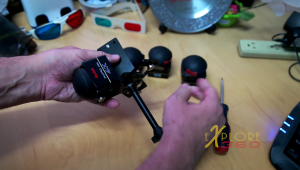
The mounting is very quick to add the Kodak SP360 cameras. The only issue for me was the fourth camera.
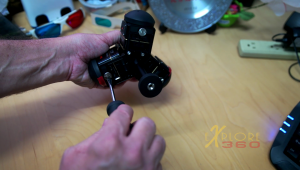
It did not have access to the USB, HDMI, and MicroSD card. But in a brief feedback to Danny, he assured me that final production models would include that feature.
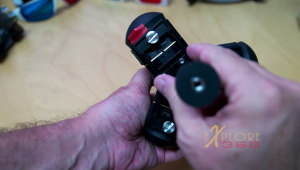
The acid test would lie in seeing how the rig stitches in real world application. I shot in several different locations over the course of the testing, both indoor, outdoor, static and moving.
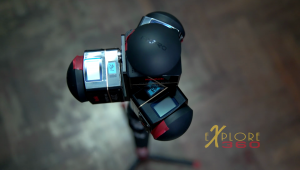
Then, using Kolor Autopano Video Pro 2.6, I dropped the four cameras into a new project and went for it.
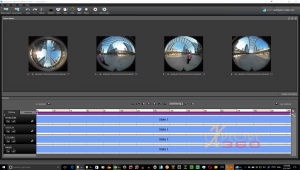
While I do wish that these cameras could be genlocked for total sync, the paired WiFi Remote does a pretty good job. Most times the cameras were spot on, with the occasional camera being one frame off, an issue that is quickly rectified in Autopano Video Pro.
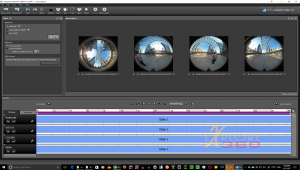
The purpose of the first test was to see how well the cameras would stitch together before going to Autopano Giga 4.4 Beta 1 RC.
For the stitch, I use a slightly modified version of Alex Pearce wonderful Stitch template. I executed a simple range stitch and waited for the results to pop into view. If you want to see how fast it worked, you can watch it in real-time in the accompanying video. I was not disappointed by the outcome.
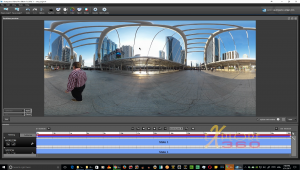
The top camera yielded a beautiful clear view of the latticework of beams above with only minimal stitch issues in four spots. The alignment of the cameras gave a generous overlap of images which made stitching very accurate. The horizon was beautiful from the get-go, nice and straight without needing any adjustment.
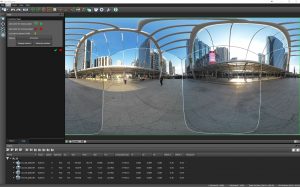
An added bonus was the almost invisible monopod footprint. It was so small that when I did bring it into Autopano Giga to check it, there was noo need to do anything to the Nadir. The importance of not having to spend significant time in adjusting control points and masking can not be stressed enough. Anyone working in the 360 industry knows that the quicker that you can get good results, the better. We all only have so many hours in the day.

In the final analysis, I give the Stabilizer-Pro PG-S4A, my highest rating of 5-VR Headsets.
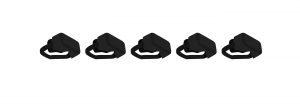
To get more info on this product and others, go to stabilizer-pro.com.

